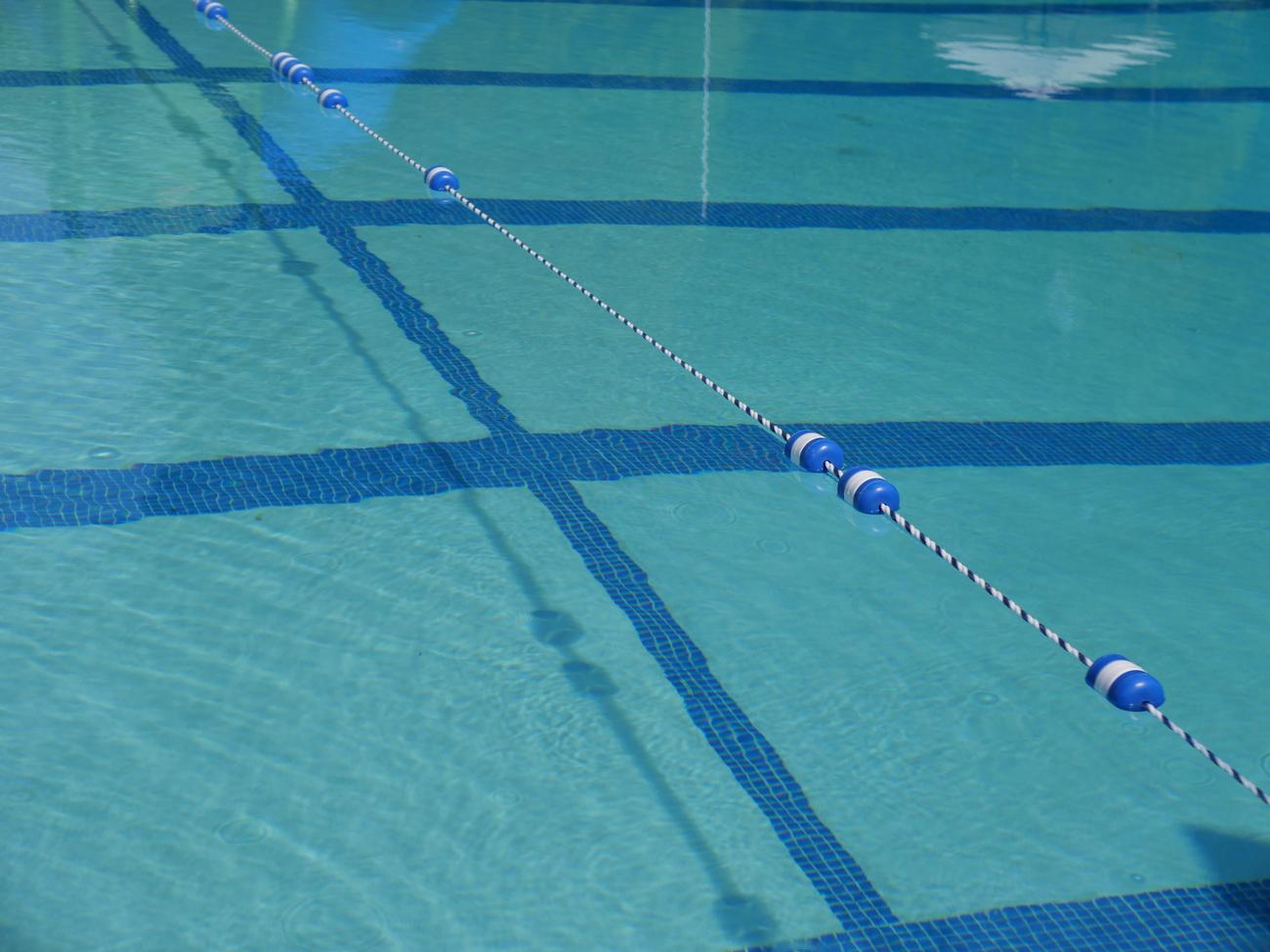Welcome to the captivating world of swimming, where fun meets facts and adventure awaits! In this article, we will dive into the pool of knowledge to uncover amazing facts about swimming specifically designed for our young enthusiasts. Whether you’re a beginner dipping your toes or a seasoned swimmer making waves, get ready to be amazed by the incredible wonders and fascinating tidbits that the world of swimming has in store for you. So, grab your goggles, put on your swim cap, and let’s plunge into the splashing realm of amazing facts about swimming for kids!

Amazing Facts About Swimming for Kids
Swimming is not only a popular exercise and sport, but it’s also an incredible activity that offers numerous benefits for kids. Get ready to be amazed by some cool facts about swimming!
1. Swimming is a Whole Body Workout
When you dive into the water, your body gets a full workout. Swimming involves using your arms, legs, and core muscles to move through the water, making it a fantastic exercise for building strength and flexibility. Plus, the resistance from the water helps to tone your muscles even more!
Did you know that swimming is one of the few sports that works out all of your major muscle groups at the same time? It’s like doing a total body workout while having fun in the water!
2. Different Strokes for Different Folks
Swimming offers a variety of strokes or styles, so you can choose the one that suits you best. The four main swimming strokes are the front crawl, breaststroke, butterfly, and backstroke. Each stroke has its own unique movements and challenges.
Just like superheroes have their special powers, each swimming stroke has its own strengths. So, which stroke will you choose to be your superpower in the water?
3. Swimming Makes You Feel Like a Fish
Have you ever wondered why you feel lighter in the water? Well, it’s because your body is buoyant, which means it can float more easily. Swimming gives you a feeling of weightlessness, allowing you to move gracefully and effortlessly through the water.
When you swim, it’s like being in your own underwater world where gravity has a gentler touch. So, dive in and experience the joy of feeling weightless like a fish!
4. Swimmers Are Like Olympic Athletes
Have you ever watched the Summer Olympic Games? If you have, you may have noticed how amazing the swimmers are! Swimming is a major part of the Olympics, and the athletes who compete in swimming train incredibly hard to reach their goals. In fact, competitive swimmers can swim an average of 6 to 12 miles a day!
Just like superheroes train to become the best, swimmers dedicate countless hours and effort to become Olympic stars. Who knows, maybe one day you could be an Olympic swimmer too!
5. Swimming is Inclusive for Everyone
Swimming is an extremely inclusive sport, making it accessible to kids of all abilities and needs. It’s one of the few sports that can be enjoyed by children with disabilities or additional needs. Whether it’s swimming in the sea, swimming pools, rivers, or lakes, everyone can join in the fun and benefits of swimming.
In the swimming world, there are no limits or boundaries. Everyone can dive in and experience the joy of swimming together, regardless of their differences.
Swimming is a truly amazing activity that not only offers countless health benefits but also brings joy and excitement to kids of all ages. So, the next time you’re shimmering in the water, remember these amazing facts about swimming and let your imagination dive into the endless wonders of the swimming world!
Table: Types of Swimming Strokes
| Stroke | Description |
|---|---|
| Front Crawl | This is the fastest and most popular swimming stroke. It involves reaching forward with one arm while the other arm pulls back through the water. |
| Breaststroke | With this stroke, your arms move in a circular motion while your legs kick in a frog-like movement. |
| Butterfly | Considered one of the most challenging strokes, the butterfly requires a simultaneous arm pulling motion and a dolphin-like kick. |
| Backstroke | Similar to the front crawl, but you swim on your back while reaching forward with alternating arm strokes. |
Remember, each swimming stroke has its own unique skills and challenges. Like superheroes, they all have their powers and strengths. So, which stroke will you choose as your swim-namic superpower?
Swimming is not only a great way to cool off on hot summer days, but it also offers numerous benefits for kids. Did you know that swimming can improve their physical fitness, coordination, and muscle strength? If you want to learn more fascinating swimming facts for kids, check out our comprehensive guide! Just click here for all the fun and educational information you need: Swimming Facts For Kids. Dive in and explore the amazing world of swimming with us!
FAQ
Question 1: What is swimming?
Answer 1: Swimming is a popular exercise and sport that involves moving a person’s body through water using their arms and legs. It provides all-around conditioning for both young and old, keeping the heart and lungs healthy, improving strength and flexibility, and increasing stamina and balance.
Question 2: What are the different styles of swimming known as?
Answer 2: There are several styles of swimming known as “strokes.” These include the front crawl, breaststroke, butterfly, and backstroke. Each stroke has its own techniques and challenges, making swimming a dynamic and versatile sport.
Question 3: How is swimming beneficial for children?
Answer 3: Swimming offers numerous benefits for children. It not only helps them stay active, but also improves their cardiovascular health, strength, and flexibility. Swimming is a low-impact exercise that reduces the risk of injury, making it suitable for children of all abilities. Additionally, swimming can boost a child’s confidence and self-esteem as they learn new skills and overcome challenges in the water.
Question 4: Is swimming a competitive sport?
Answer 4: Yes, swimming can be done for fun or for competition. In fact, swimming is a major part of the Summer Olympic Games, where athletes from around the world compete in various swimming events. Competitive swimmers undergo rigorous training and can swim an average of 6 to 12 miles a day to enhance their skills and achieve their goals.
Question 5: Where can swimming be done?
Answer 5: Swimming can be enjoyed in various bodies of water such as the sea, swimming pools, rivers, and lakes. It provides opportunities for children to explore and appreciate the natural environment while engaging in a fulfilling physical activity. Swimming is also more accessible for children with additional needs than almost any other sport, allowing them to participate and enjoy the water in a safe and inclusive manner.
- Unlock 6000+ words beginning with he: A comprehensive analysis - April 20, 2025
- Mastering -al Words: A Complete Guide - April 20, 2025
- Master Scrabble: High-Scoring BAR Words Now - April 20, 2025
















